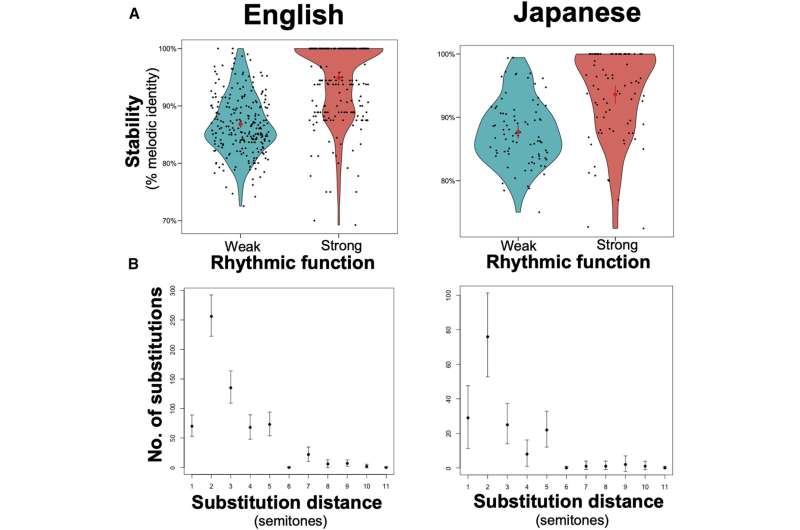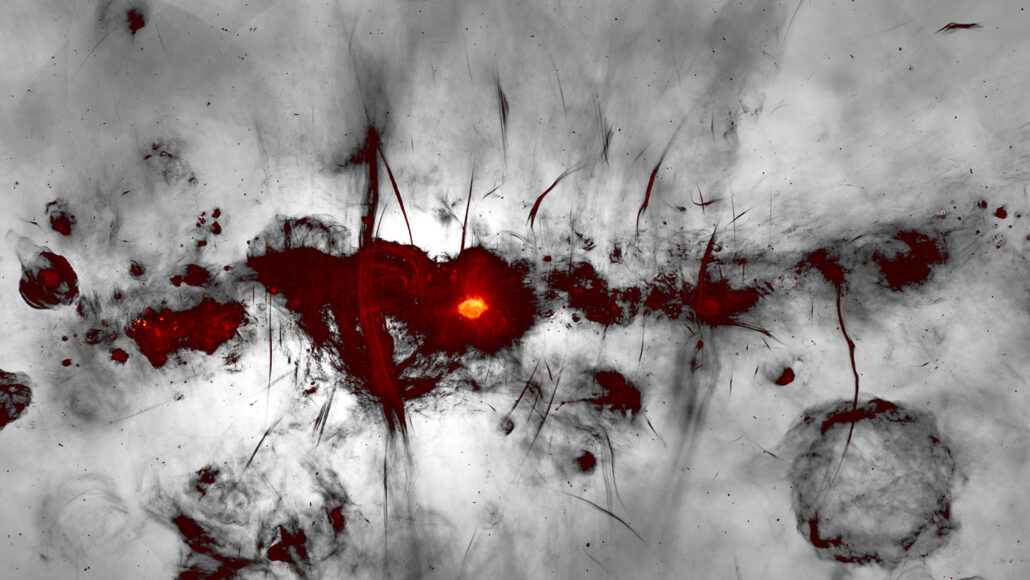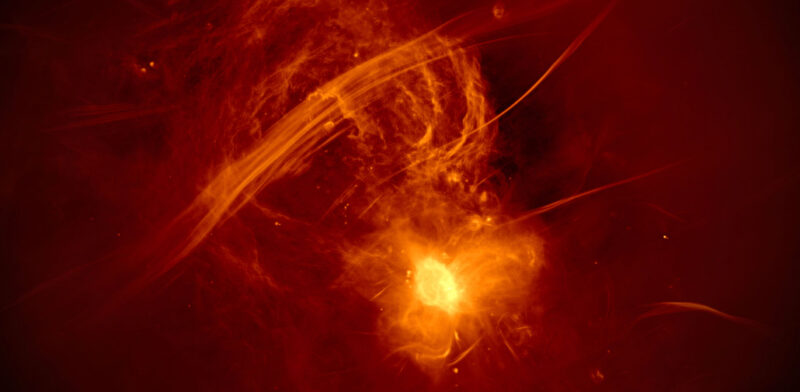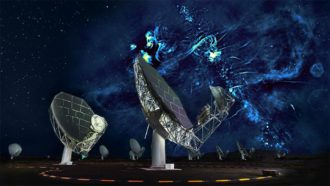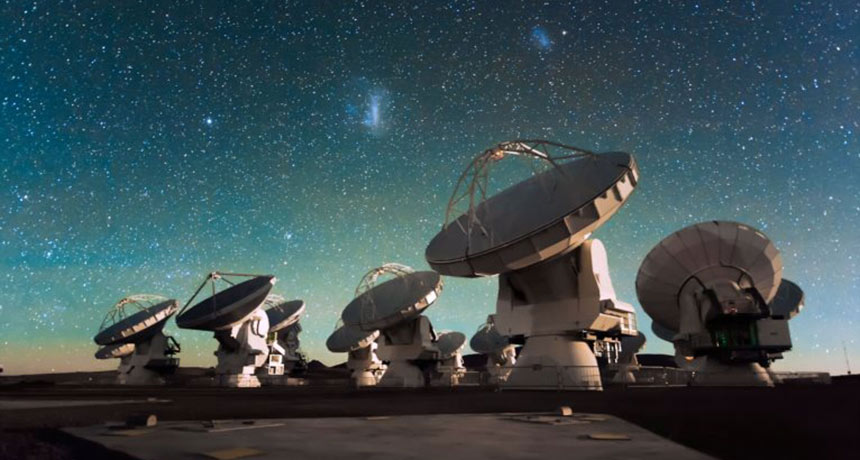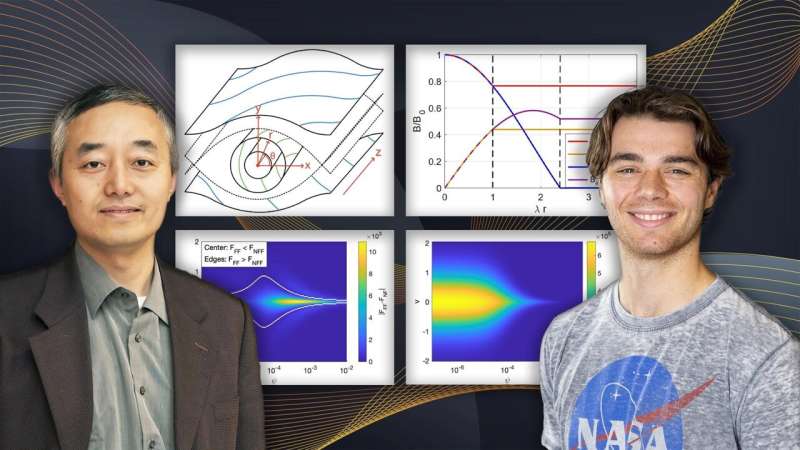ICYMI
Study provides first statistical characterisation of methane ultra-emitters from oil and gas
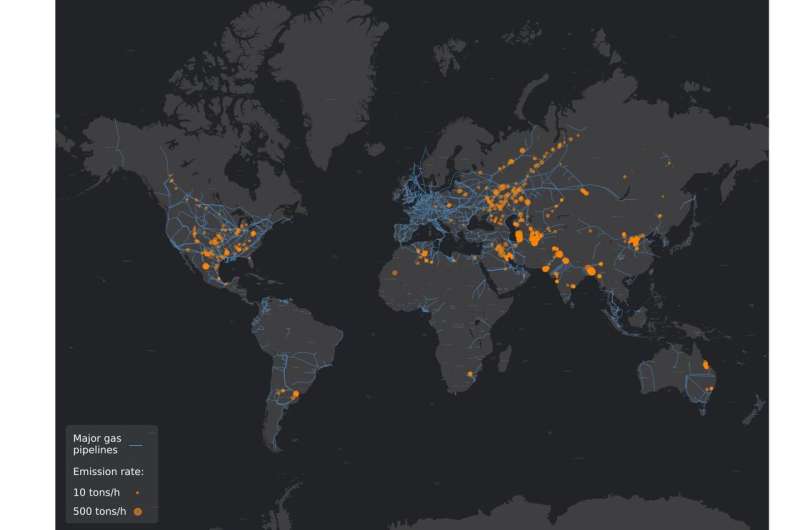
The journal Science today released a groundbreaking study of methane ultra-emitters linked to oil and gas activities that for the first time provides a statistical characterisation of these major drivers of climate change across various production activities.
The study, based on Kayrros data, shows a direct relationship (power law) between ultra-emitters monitored and measured from space and smaller methane leaks detected by local sensors and aircraft surveys.
Study contributor and Kayrros co-founder and scientific director, Alexandre d'Aspremont, said that their "study supplies a first systematic estimate of large methane leaks that can only be seen from space, showing how these detections relate to wider methane monitoring processes. This is a giant step towards overcoming the current limitations of the methane reporting system which is critical to meeting COP26 commitments to slash methane."
"Global oil and gas accounts for at least a quarter of human-made methane emissions, and recent studies provide mounting evidence that its emissions have been widely underestimated by conventional international UNFCCC protocols in the absence of a global monitoring system able to capture all oil and gas leaks."
Kayrros data scientists Clement Giron and Matthieu Mazzolini also participated in the study. Other co-authors include Thomas Lauvaux and Philippe Ciais of LSCE, Riley Duren and Daniel Cusworth of Carbon Mapper, and Drew Shindell of Duke University.
The Franco-American team of scientists performed a systematic analysis of thousands of images produced daily by the European Space Agency satellite mission Sentinel-5P to estimate the amount of methane released into the atmosphere by oil and gas production activities in 2019 and 2020.
"The actual number of ultra-emitters varies by country, but the relationship between the number of sources and their magnitude remains the same," said lead author Thomas Lauvaux, research scientist at the French Climate and Environmental Science Laboratory (Laboratoire des Sciences du Climat et de l'Environnement, LSCE).
"Intermittent emission events of 25 tons per hour or more can only be detected with monitoring satellites. These huge intermittent events that are normally undetectable consistently account for 8% to 12% of the overall methane emissions from oil and gas activities of any producing country."
The team used high-resolution atmospheric modeling and machine learning algorithms to detect and quantify hundreds of methane plumes. They then aggregated their emissions estimates at a national scale to evaluate the contribution of ultra-emitters to national reported emissions. To translate their results into a cost-benefit analysis, Shindell performed climate model simulations to quantify the additional contribution to climate change.
The team detected about 1,800 ultra-emitters (25 t/h or more) over the two years, of which roughly 1,200 come from oil and gas facilities and the remainder from a combination of coal mines, agriculture and waste management. Eliminating these oil-and-gas related events would be tantamount to removing 20 million cars from the road based on the 100-year global warming power (GWP100) of methane. Highlights from the study include:
- The study focused on six major oil and gas producing countries that together account for the majority of ultra-emitters identified through the processing of raw data from the TROPOspheric Monitoring Instrument (TROPOMI) carried by Sentinel-5: Russia, Turkmenistan, U.S., Iran, Kazakhstan and Algeria.
- Surveyed events range from a lower threshold of 25 t/h to plumes spread over hundreds of kilometers and released at a rate of several hundred t/h.
- 50 to 150 events detected per month on average.
- Based on adjusted emissions, oil and gas ultra-emitter estimates represent 8-12% of oil and gas methane emissions from national inventories, a contribution not included in current inventories.
- Eliminating these emissions is easily achievable.
- For the first time, the study quantifies the benefit of eliminating ultra-emitters. Estimates range from $6 billion for Turkmenistan and $4 billion for Russia to $400 million each for Kazakhstan and Algeria.
- Only monitoring satellites can systematically detect ultra-emitters. In-situ sensors and short aerial surveys can only detect smaller leaks. Tasking satellites also are constrained in their capacity to detect ultra-emitters by their low temporal resolution and limited geographical coverage. At lower emission rates, the number of emitters invisible to TROPOMI far surpasses visible ultra-emitters, however.
- While TROPOMI data help reveal hard-to-detect ultra-emitters, understanding the power-law distribution of these ultra-emitters also sheds light on the link between intermittent high-resolution imagery from aerial surveys and regular low-resolution images from TROPOMI. This goes a long way towards filling the gaps in oil-and-gas methane emission coverage and resolving the wide discrepancy between atmospheric measurements and bottom-up methane inventories.
"The staggering scale of these ultra-emitters and the huge benefit that would result from their elimination far exceed what we anticipated when Kayrros started investing in the development of our Methane Watch platform," said Antoine Rostand, Kayrros President and co-founder.
"However concerning the rate of methane emissions from oil and gas may be today, it is comforting to know that these emissions can, for the most part, easily be eliminated—and hugely gratifying to see that our research and our partnership with LSCE has been so rewarding and yielded such hugely beneficial results for the world."
"To our knowledge, this is the first worldwide study to estimate the amount of methane released into the atmosphere by maintenance operations and accidental releases," said Lauvaux.
"Unreported ultra-emitters explain in part the under-estimation in official O&G reported emissions by countries as documented by previous studies. The atmospheric monitoring approach enabled by recent satellite missions provides a unique perspective on O&G activities, and the potential to mitigate these large releases of methane."
Pr. Shindell said that they "find that capturing the methane from these ultra-emitters provides enormous benefits via reduced climate change and improved air quality, so that society as a whole would come out billions of dollars ahead by eliminating these ultra-emitters. As the captured methane is a valuable commodity, the companies or countries capturing the wasted gas also typically come out ahead."
"Our work on oil and gas is just the beginning," said Duren." The team will now look at methane emissions from coal extraction and farming activities thanks to several recent satellite missions. These instruments provide images at higher resolution but only cover parts of the globe at lower frequency, but with a higher detection limit than Sentinel-5P. The systematic aspect of satellite monitoring remains a key parameter for future monitoring."
"National greenhouse gas emissions rely primarily on self-reporting, while atmospheric data offers a more rigorous approach to emissions accounting, more independent and more transparent," Lauvaux added. "In the future, atmospheric measurements will play a more important role in mitigation policies by identifying actionable measures and by monitoring the implementation of climate actions."
